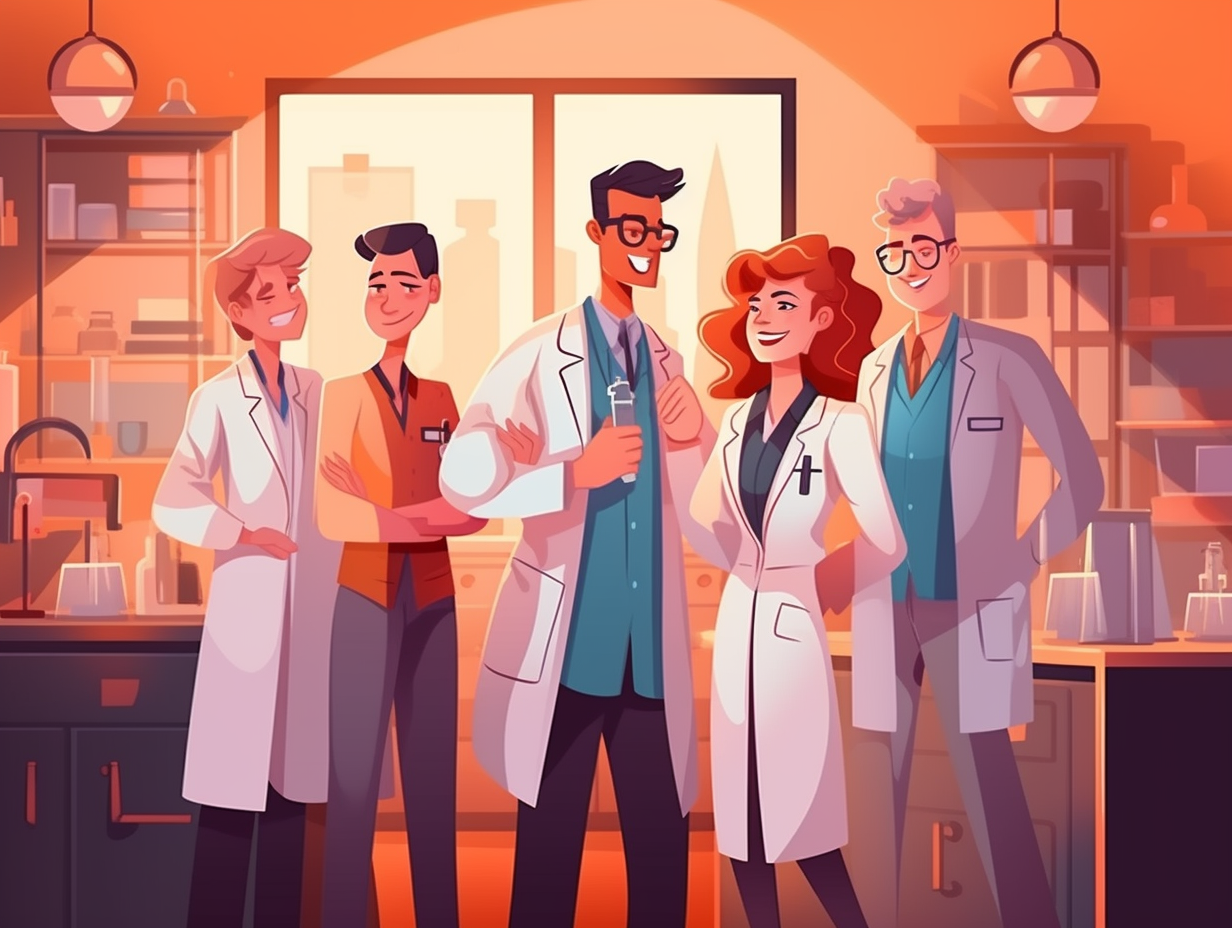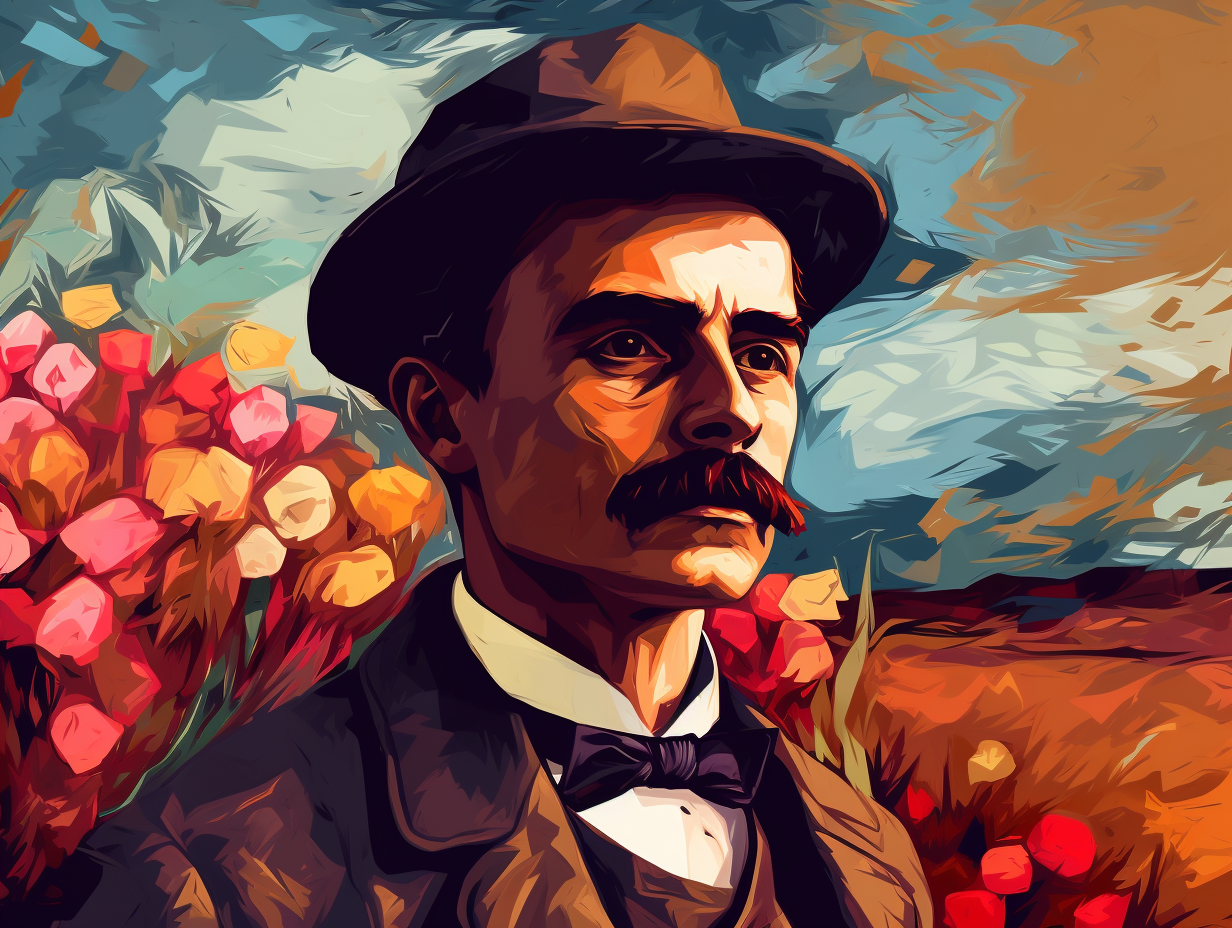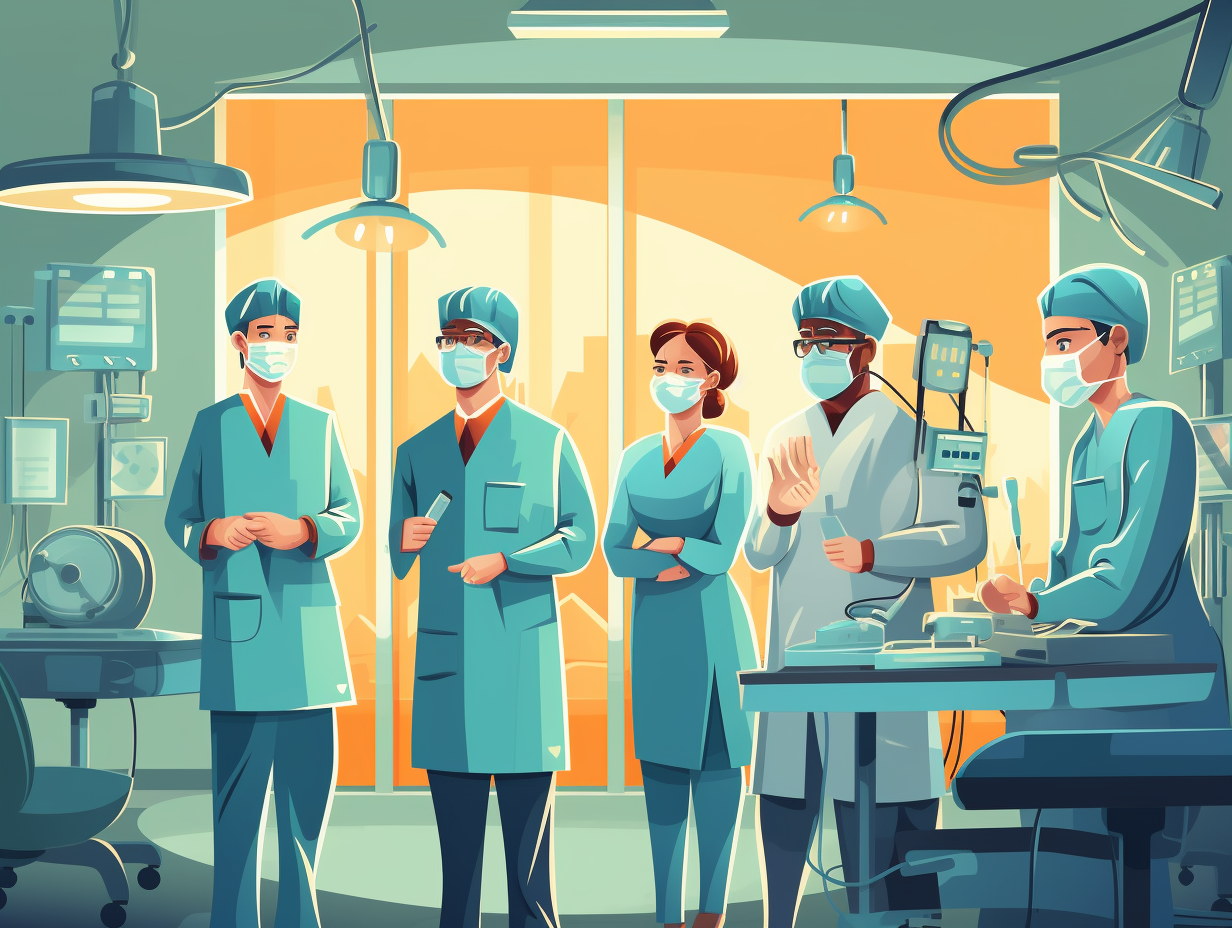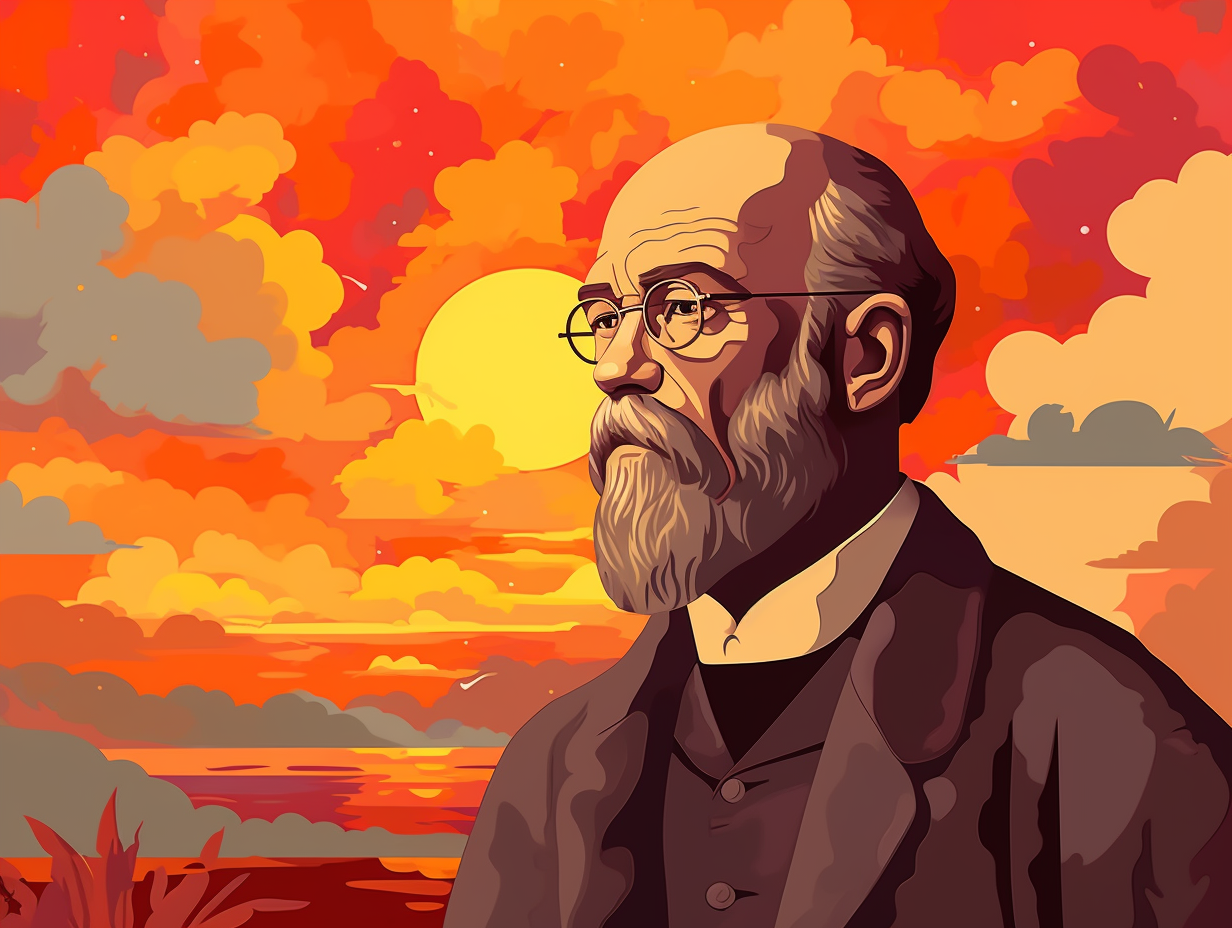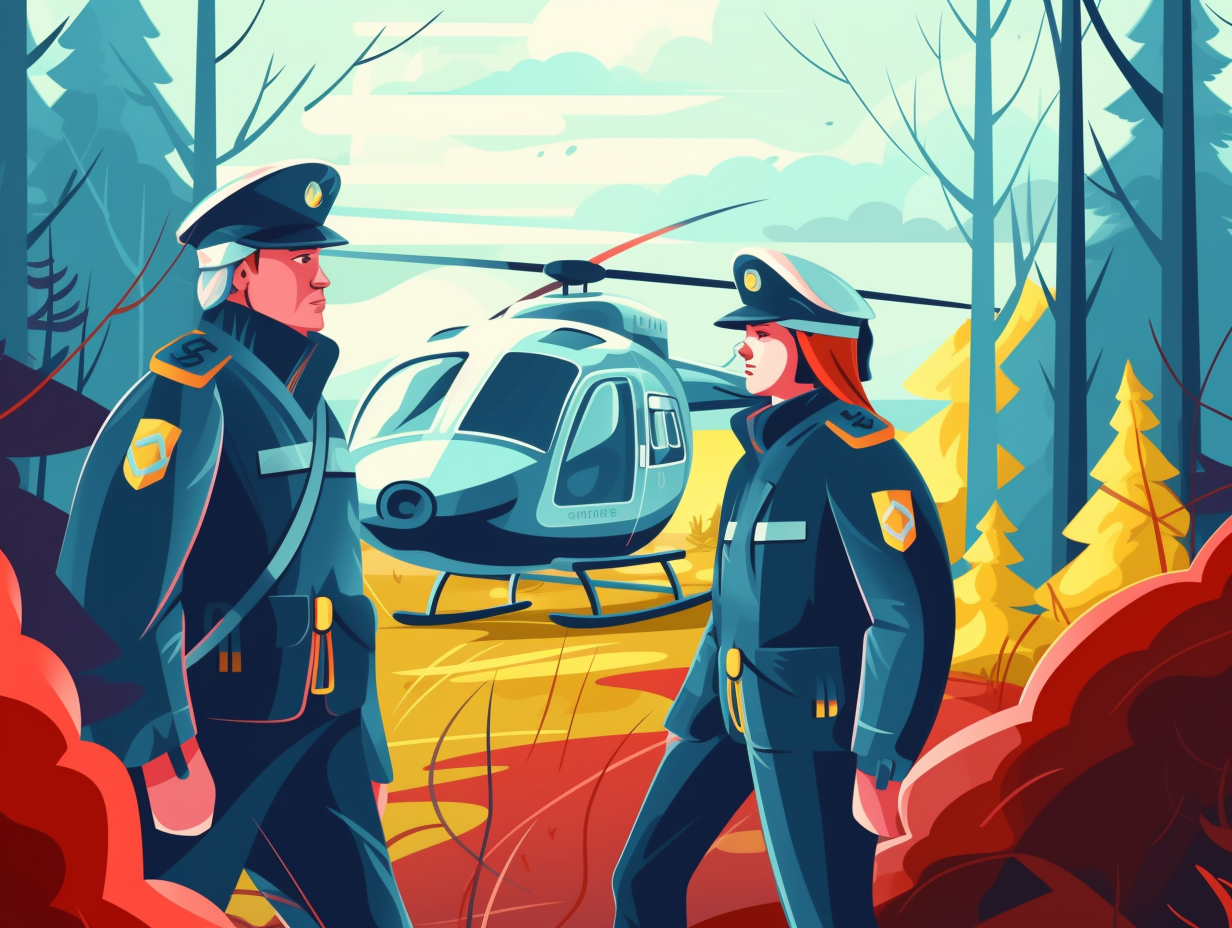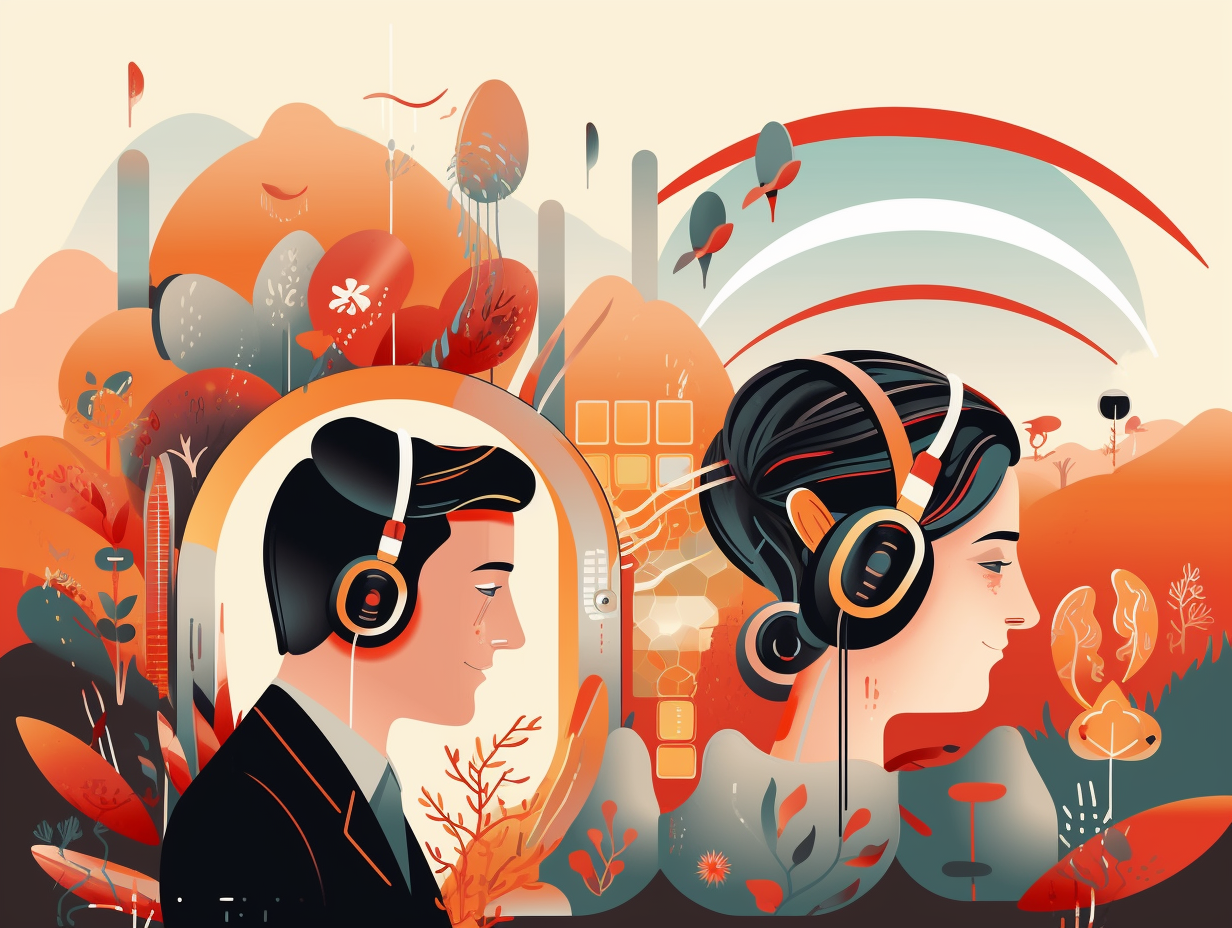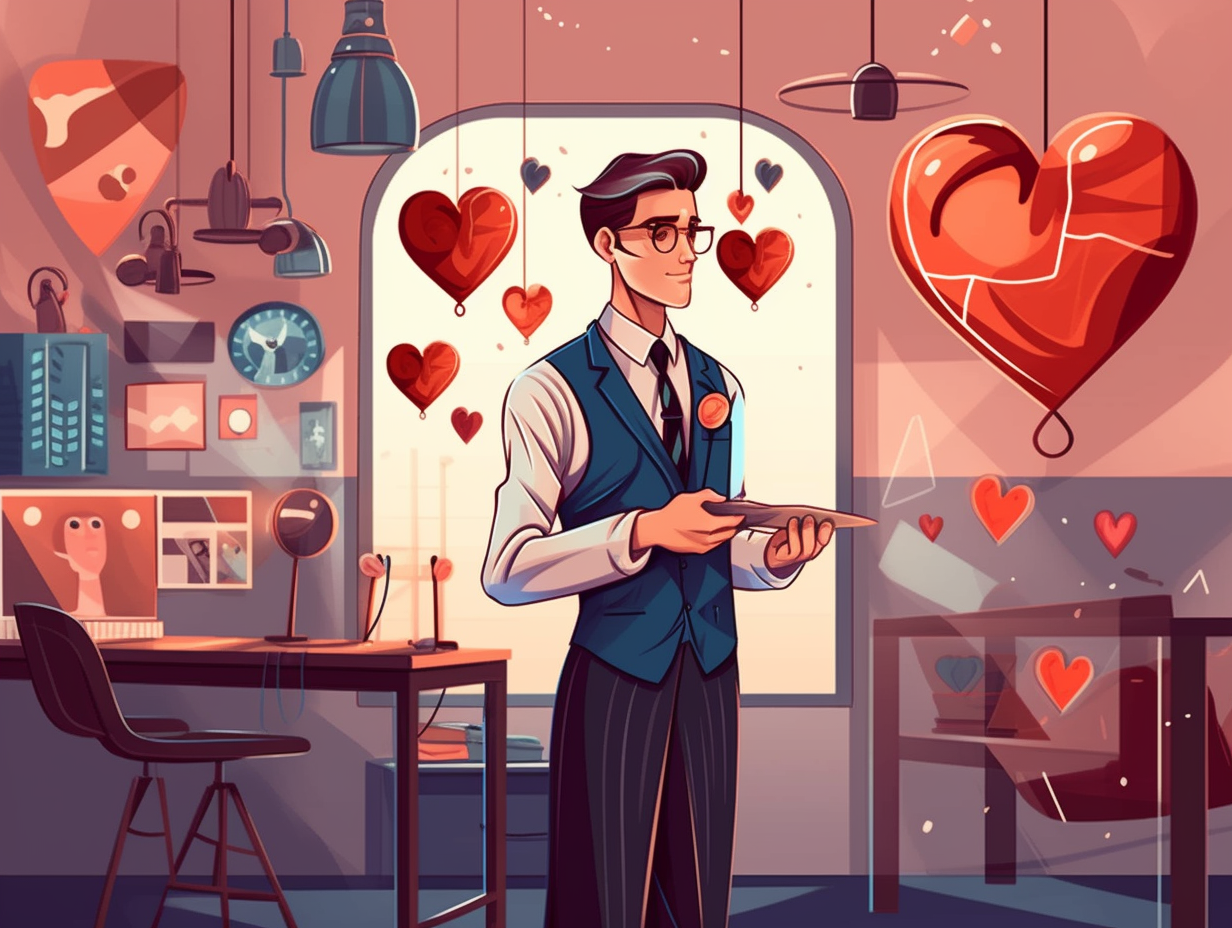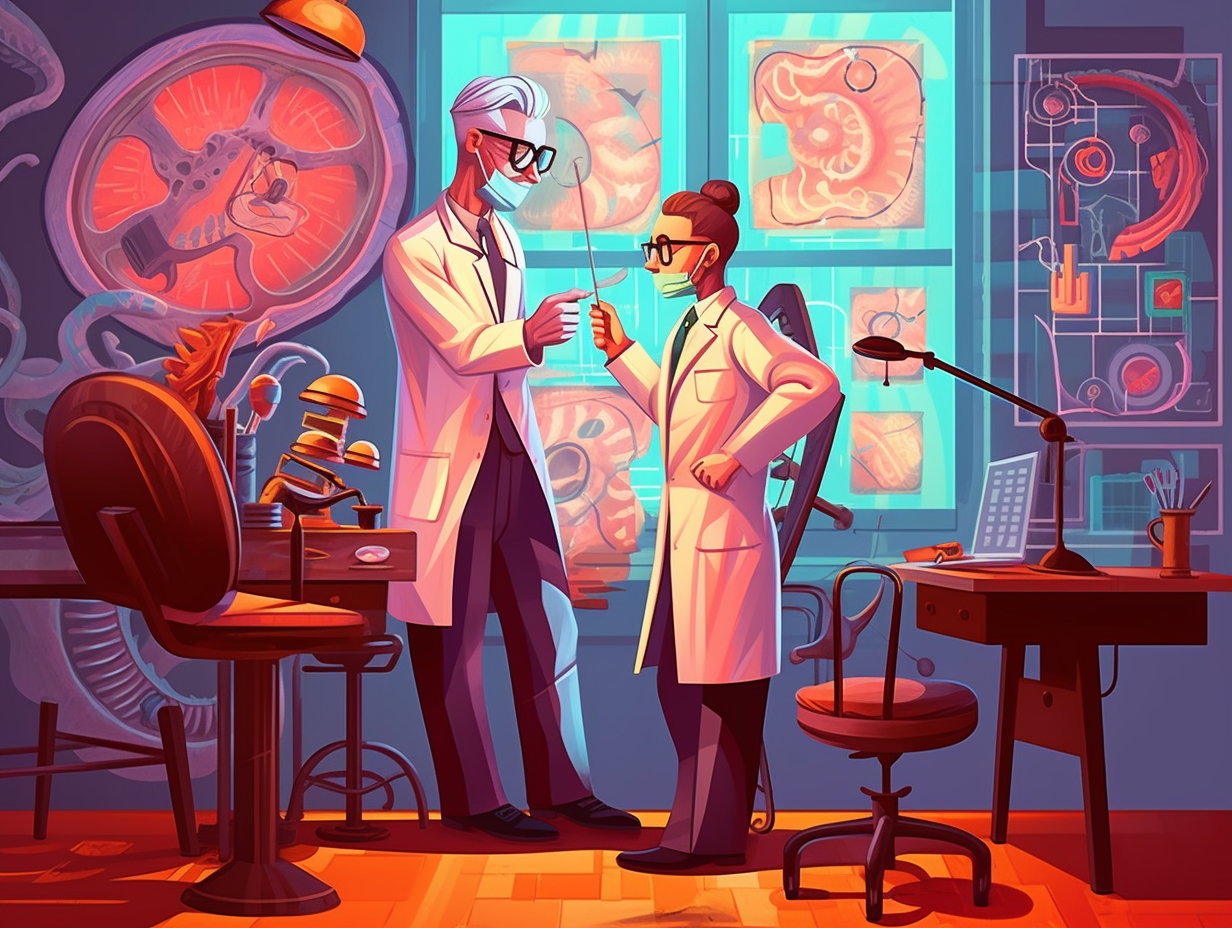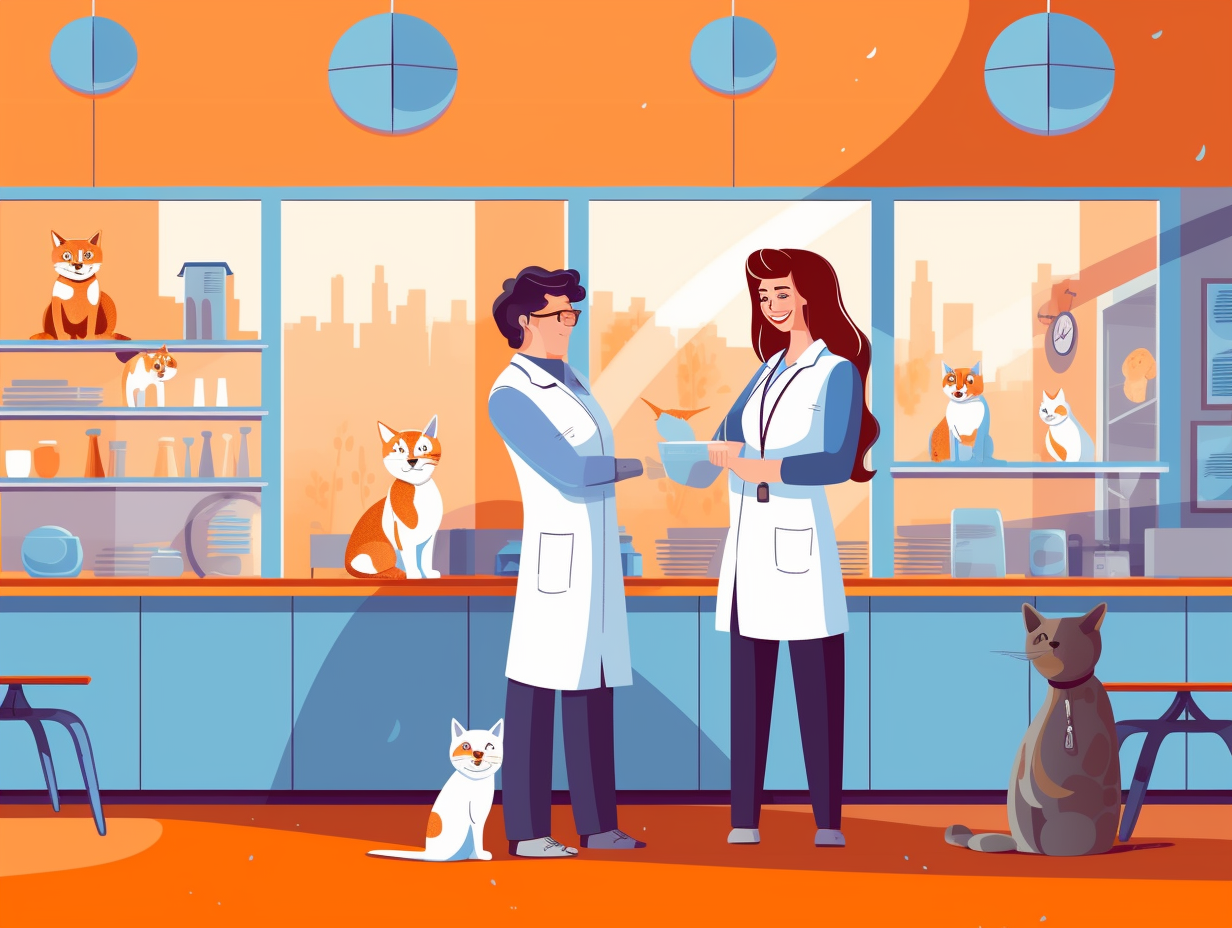Discover the Top 12 Amazing Penicillin Fun Facts That Will Blow Your Mind!
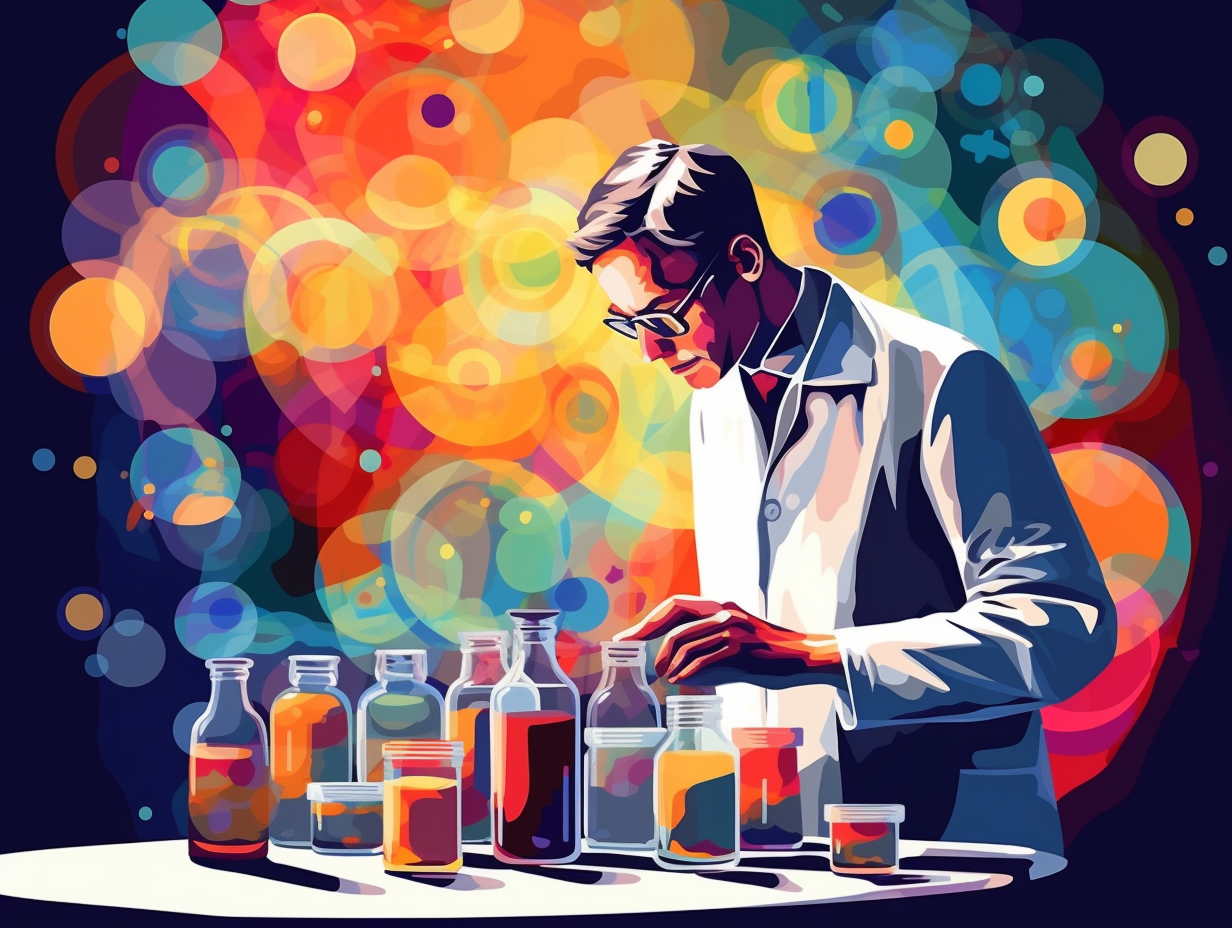
1. Moldy Origin Story
Moldy cheese, crusty bread, and dodgy lab practices: sounds like a lousy recipe for a tea-time snack, but it's actually the origin story for a superhero in the world of antibiotics! The serious reveal: Contrary to popular belief, penicillin wasn't discovered in food but in a petri dish at Sir Alexander Fleming's lab in 1928. Mold had contaminated his staphylococci bacteria cultures, and our observant hero noticed that bacterial growth was inhibited in the mold's vicinity, paving the way for modern-day penicillin to save millions of lives.
Source => acs.org
2. Breaking Bad Bacteria
When penicillin walks into a bacterial bar, it starts a real "Breaking Bad" moment by sabotaging the bacterial cell wall's construction crew: Penicillin binds to penicillin-binding proteins (PBPs), disrupting the cross-linking of peptidoglycan strands in the cell wall, leading to a weakened wall and the subsequent death of the bacterium.
Source => ncbi.nlm.nih.gov

Did you know ancient civilizations like the Sumerians, Romans, and Native Americans discovered the pain-relieving secrets of willow tree bark 4000 years ago? Find out how this led to the creation of aspirin, the world's favorite headache remedy!
=> Fun Facts about Aspirin
3. Penicillin's Record Speed Production
It's said that Rome wasn't built in a day, but penicillin sure did make a booming production leap in record speed, leaving ancient Rome and bacterial infections in the dust: From producing a big goose egg to churning out 100 billion units per month in merely three years, penicillin became the superhero drug of World War II, utilizing deep-tank fermentation to save countless lives, including those storming the beaches of Normandy on D-Day.
Source => washingtonpost.com
4. Team Mold-tivation
You might say the making of penicillin was a real "team mold-tivation," but it took a while for everyone to get their due fungus credit: It wasn't until 1990 that Dr. Norman Heatley, who played a key role in developing methods to purify and mass-produce the antibiotic, was recognized with an honorary doctorate of medicine from Oxford University, even though fellow scientists Fleming, Florey, and Chain had won the Nobel Prize in Physiology or Medicine in 1945.
Source => pbs.org

5. Salvarsan and Prontosil: Unsung Antibiotic Heroes
Step aside, moldy bread and fairy tales: the true unsung heroes in the antibiotic chronicles were actually salvarsan and prontosil! Little did we know that these undercover first-responders swooped in to save the day long before Sir Alexander Fleming's penicillin stumbled into the bacterial battlefield: they were the pioneering antibiotics that cleaned up the infectious messes before our good ol' pal penicillin became the star of the microbial showdown.
Source => pbs.org
6. Penicillin Allergy Drama
Is your penicillin allergy playing "The Boy Who Cried Wolf" with you? Fret not, for you are not alone in this antibiotic melodrama: Penicillin allergies are often misreported, leading to the use of less effective and pricier antibiotic treatments while bouncing around in the allergy limbo. Getting an accurate diagnosis is crucial to unlock the perfect healing potion for future ailments without the fear of unwanted side effects.
Source => mayoclinic.org
7. Funky Microscopic-Level Disco Party
When Sir Alexander Fleming's moldy sandwich got funky at a microscopic-level disco party in 1928, little did he know that he was about to make history: Penicillin, the antibiotic superstar that evolved from that funky fest, would revolutionize medicine by becoming a powerful weapon against bacterial infections caused by Streptococcus and Staphylococcus bacteria, saving countless lives and continuing to be widely used today.
Source => hopkinsmedicine.org
8. Almost "Mold Juice"
Legend has it that Alexander Fleming almost dubbed his world-changing discovery "Mold Juice: Attack of the Fungal Beverage," before opting for the more sophisticated moniker, penicillin: Yet in reality, Fleming had always named his bacterial-busting break-through "penicillin," in honor of the penicillium mold from which it sprung. "Mold juice," alas, never stood a chance in the hallowed halls of scientific nomenclature.
Source => pbs.org
9. Freeze-Dried Penicillin
You know what they say: if you can't stand the heat, get extracted at low temperatures and freeze-dried under vacuum! Penicillin surely took that advice to heart: Back in the day, two-thirds of the "wonder drug" were lost due to its heat sensitivity, but with the help of some cool, low-temp techniques, production soared from 21 billion units in 1943 to a whopping 6.8 trillion units in 1945.
Source => acs.org

10. Cheese vs. Penicillin
It's all a bit mold and cheesy, really: Sir Alexander Fleming discovered penicillin in 1928 after leaving a petri dish out in the lab by accident, and although its source - the blue mold - is a close cousin to the mold in blue cheese, nibbling on that piquant dairy delight won't give you any penicillin perks!
Source => medium.com
11. Ernest Duchesne – The Lost Antibiotic Pioneer
Who says mold can't be a fungi at a bacterial party? Say "Bonjour" to the unsung hero, Ernest Duchesne: Back in 1897, the French physician studied microbial antagonism, laying the groundwork for antibiotics, but it wasn't until Alexander Fleming stumbled upon the party-crashing Penicillium mold in 1928 that penicillin danced its way into medical history.
Source => sciencedirect.com
12. Penicillin Paradox
Behold, the penicillin paradox: one small mold for man brought about one giant relief from bacteria-kind! But dear Penicillium has found itself a tad lonely in recent years: since its debut in 1928, no new classes of antibiotics have emerged, sparking a global war against antibiotic-resistant bacteria due to overuse and misuse.
Source => ncbi.nlm.nih.gov
Related Fun Facts


